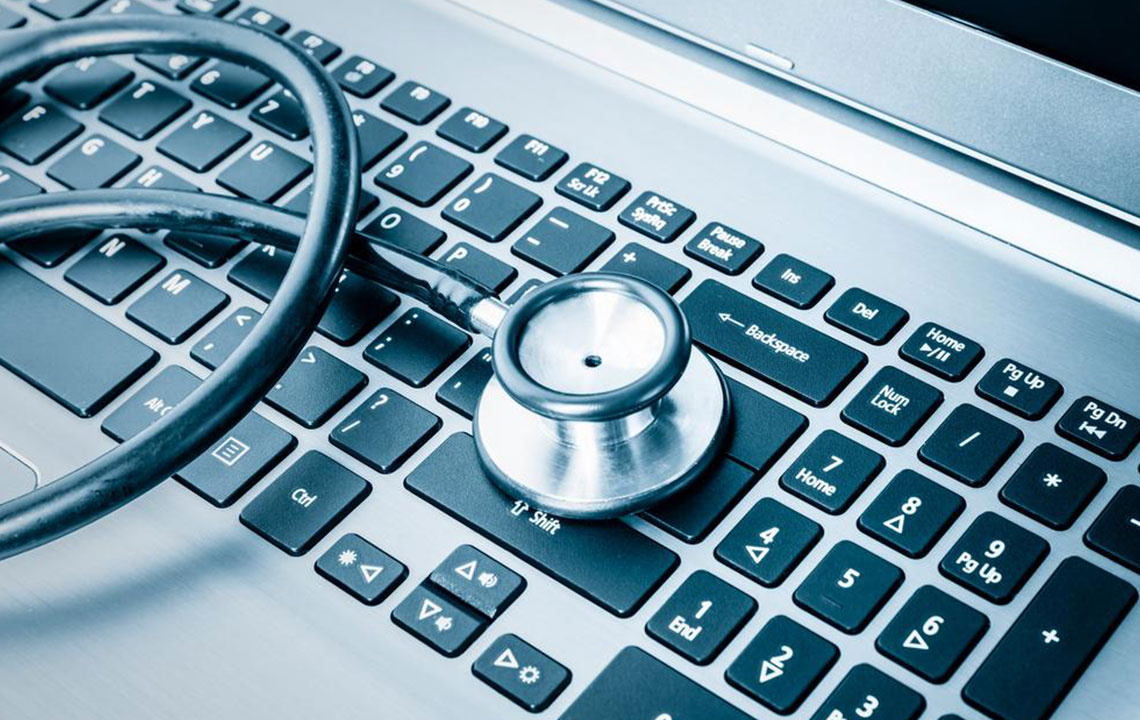Revolutionizing Healthcare: The Complete Guide to Digital Medical Record Management
This comprehensive guide explores the transformation of healthcare records from traditional paper files to advanced electronic medical records (EMRs). It covers the entire process, including digitization, organization, security, interoperability, and patient engagement, emphasizing long-term benefits such as efficiency, security, and improved patient care. The article provides insights into how healthcare institutions can effectively implement digital systems to optimize healthcare management and meet modern standards.

Revolutionizing Healthcare: The Complete Guide to Digital Medical Record Management
In recent years, the healthcare industry has undergone a significant transformation driven by technological advancements. One of the most notable changes is the shift from traditional paper-based patient files to sophisticated electronic medical records (EMRs). This evolution not only streamlines healthcare delivery but also enhances data security, improves data accessibility, and reduces administrative burdens. Transitioning to digital medical records is a comprehensive process that requires careful planning, implementation, and ongoing management.
Initially, healthcare organizations must undertake a thorough digitization process by scanning existing paper documents into high-resolution digital formats. This phase involves selecting reliable scanning tools and ensuring that the quality and clarity of each record are maintained. Once scanned, these digital copies are securely stored using encrypted systems that comply with healthcare privacy standards, such as HIPAA in the United States. Encryption safeguards sensitive patient data from unauthorized access or cyber threats, which are increasingly prevalent in today’s digital landscape.
Organizing digital records efficiently is crucial for quick retrieval and effective management. Implementing structured categorization systems, such as clear folder hierarchies or database indexing, allows healthcare providers to access patient records swiftly. Additionally, adopting user-friendly interfaces and search functionalities enhances workflow efficiency, enabling medical staff to locate necessary information with minimal delay.
Security remains a top priority throughout the digital transition. Healthcare facilities should deploy advanced cybersecurity measures, including multi-factor authentication, firewalls, and regular security audits. These precautions help prevent data breaches and maintain patient trust. Moreover, establishing robust backup protocols ensures data integrity and availability, even in the event of technical failures or disasters.
Beyond security, interoperability plays a vital role in digital record management. Healthcare institutions often utilize specialized electronic health record (EHR) systems that can integrate with other medical software, laboratory systems, and pharmacy databases. This integration facilitates seamless sharing of patient information across various departments, enhancing the quality of care and reducing errors.
Implementing a patient portal is another step toward a patient-centered approach. These portals provide patients with access to their medical records, lab results, medication lists, and appointment schedules, empowering them to participate actively in their healthcare journey. Digital records also support telemedicine services, enabling remote consultations and ongoing patient monitoring.
Transitioning to digital medical records is not without challenges. Costs associated with new hardware, software licensing, staff training, and data migration can be substantial. However, the long-term benefits—such as improved efficiency, reduced errors, enhanced security, and better patient outcomes—far outweigh the initial investments.
Training healthcare staff on new digital systems is essential to ensure a smooth transition. Continuous education programs improve staff proficiency and minimize resistance to change. Additionally, ongoing system updates and maintenance are necessary to keep digital records secure and compliant with evolving regulations.
In conclusion, moving from paper records to electronic medical records is a strategic move that positions healthcare facilities for the future. By embracing technology, institutions can provide higher quality care, streamline operations, and uphold the highest standards of data security and privacy. As digital health solutions continue to evolve, those who invest in comprehensive EMR systems will undoubtedly enjoy enhanced operational efficiency and improved patient satisfaction in the years to come.





